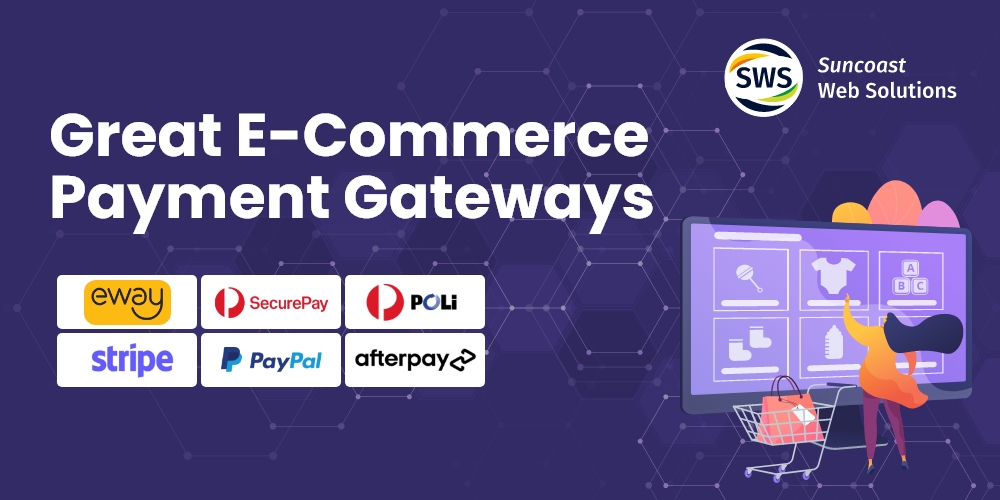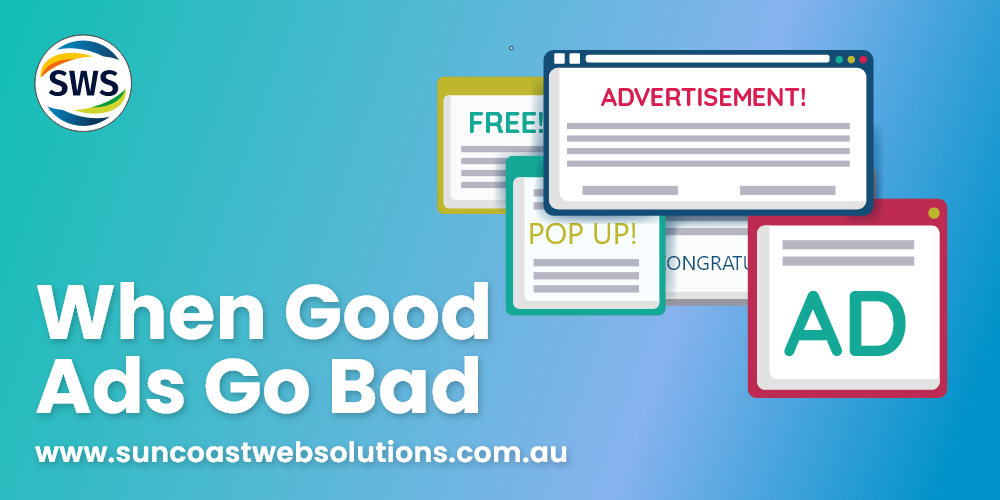Great E-Commerce Payment Gateways

 23rd Sep, 2021
23rd Sep, 2021
Finding a great Payment Gateway (PG) is a very time consuming task. With more options to choose from than ever, there is still complications in choosing the right one. Whether you are looking for low transaction fee’s or quicker payout times. There is generally speaking, an option for you to go with. We wanted to help make the choice a little easier. To do this we thought we would put together a short review of your options.
What is a Payment Gateway?
A Payment Gateway is a tool that will enable your customers credit cards or alternate currency to be validated. The gateway will also ensure there is enough funds in the customers account for you to get paid. The PG gives your site the ability to send data securely through from the customer to the merchant (website owner in this case) and then between the merchant and the bank. Once the information is passed a response will come back either approving or denying the transaction to go ahead.
What Payment Gateway’s are popular?
In the past 20 odd years there has been a lot of new comers to the marketplace. Particularly here in Australia there has been a couple of good ones come to the market. This includes the likes of eWay and SecurePay. These two veterans helped path the way for local banks to come in to the market as well. Westpac, Commonwealth Bank, ANZ and National Bank all have their own product offerings but they don’t force you to use them. In fact you will find some branches of these banks tell you, “go to a market leader, they give a better deal”. Of course non Australian based options are available. A couple, which we will mention here, includes PayPal and Stripe. Lets take a look at these now in more detail.
eWay
Undoubtedly the Grandfather of Australian Payment Gateway Providers. Dating right back to 1998, eWay had a humble beginning from a home office. Now it employs over 300 staff and has over 28,000 customers. Not a bad achievement for an aussie firm with 23+ years experience. Their pricing has been simplified over the past couple of years. They realised that their pricing was a little high for most merchants. They decided to go with 1.5% + 25c per transaction. This is for VISA and Mastercard holders. Amex, as always, is more expensive at 1.9% + 20c per transaction.
After quite a few years they dropped monthly fee’s, setup costs and there are now no lock in contracts. All of these things use to be deal breakers for most people. For those who love solutions that just work, eWay is a great choice.
On a side note, Suncoast Web Solutions is an eWay Partner. While this would usually mean that we are going to be bias given our status. The truth is that we prefer to give our customers options.
SecurePay
Where do we start with SecurePay? Well, to be fair, it is one of those services where dev’s either love the product or they absolutely hate it. SecurePay was acquired by Australia Post back in 2010. The payment gateway has since grown in to one of the largest in Australia. It has also become the go to choice for National Australia Bank in recent years. Given it is owned by Australia Post shouldn’t deter you. They won’t lose payments like the Post part of Australia Post does with its parcels (its a joke for the super sensitive people out there). The costs are a little higher than others in the industry.
The base plan starts at a rate of 1.75% + 30c per transaction for domestic cards and 2.9% + 30c per transaction for international cards. There is a substantially lower chargeback rate than eWay. The rate is $25 per transaction. The other good thing is there is no additional fee’s for Amex, Diners, PayPal or Apple Pay. This is one thing that the others tend to charge extra for.
POLi Payments
Now this was a bit of a game changer! PoliPayments started in Melbourne way back in 2006. It wasn’t until about Poli v3, released in 2012 that it took off though. It was used by Jetstar, Virgin and Air NZ on their site. They had a crazy rate of $1 per transaction up to $10k which was great for merchants. It was also very easy to integrate with your e-commerce website. The difference was it didn’t use a credit card. In fact, it used your bank account. You could simply choose you bank, it would then get you to login to your internet banking facility with that bank and fill out the merchants bank account details and ask you to hit “ok” to make the payment.
The funds from the transaction would appear in the merchants account within 24-48 hours on average. It was sold to Australia Post around 2014 (from memory) and since then it has continued to grow. The rates are quite good still at .10c for transactions up to $10, $1 for transactions under $100 and then $3 for transactions up to $10,000. If you have a chargeback/refund it will cost you $2.10 per transaction.
AfterPay
Another popular Australian Service. Normally you couldn’t and wouldn’t call these guys a Payment Gateway but they do actually have their own. They have had great growth and by enabling merchants to accept AfterPay through their website it has enabled them to expand even further. More times than not now, an e-commerce website will mention AfterPay as a payment option. Their pay in four and buy now pay later system has proven to be a hit.
The transaction rates for merchants is reasonable as well. They have adopted the get merchants on board approach which is not only smart but a quick way to get more on board. They do keep their rates fairly low at 30c and a commission rate that varies for each transaction. It is however based on volume. The higher the volume, the better the rate.
Stripe
While this is the first of the internationally started and owned payment gateways. It was probably one of the first vendors to force the market to change. People will argue that e-commerce vendors didn’t care. While there may be some truth to this. The market said very clearly that it was needed. It was one of the first, Software As A Service (SaaS) companies to provide cost effective payment processing rates for website owners who never had a merchant account.
For some people, this may seem a bit of a stretch. The fact is that they were PayPal styled in the way ANY business could essentially sign up for this service without a huge amount of paperwork. Australian banks were notorious for asking everything right down to the last time you wiped your bum when merchants applied for accounts. Stripe was one of the first who didn’t care. It was quickly labelled by many as PayPal for Credit Cards.
Stripes rates are inline with others like SecurePay. 1.75% + 30c per transaction for domestic and 2.9% + 30c per transaction for international cards. Stripe will pay DIRECTLY to your bank account without the need of a merchant facility. This works brilliantly for new businesses.
PayPal
Without a doubt, one of the most popular Payment Gateway providers of all time. It would be almost safe to say that they have amongst the highest user base of payment gateway providers. Currently there is around 392 Million active users and it is growing steadily each year. They have increased their service offering in a big way recently. The introduction of Pay In 4 has been introduced. It is targetting the likes of AfterPay but in a very clever way. In short you can divide your purchase in to 4 interest free installments. The great news is that for developers no extra work is required!
PayPal rates are they highest around which is a shame but most merchants will take the hit due to their market penetration and reach. Commercial transactions are 2.60% + 30c per transaction for domestic and 3.6% + 30c for international transactions. While these rates hurt the hip pocket, the truth is, they do offer Pay In 4 now and every merchant who has eligable products have this option enabled for customers by default during checkout. A service which up until recently required you to sign up with yet again another vendor.
What difference does it make which one I choose?
To be clear on this one, there is a huge difference. Each company has a different level of service and support. You need to take a close look at each option carefully. Some will be very clear and simple. Some will offer additional features or services at a cost. Others just won’t.
There was once a comment that was made by a influencial business owner who said “Don’t be allergic getting paid for your product or service”. This same person also said “In our business, we accept the most payment methods in the industry. Credit Card, Cash, Cheque, Direct Deposit… Hell, we will take gold if it covers the invoice.” Now when you hear that, you may think “of course, it makes sense when you look at it like that”.
We certainly encourage our customers not to be allergic to getting paid. In turn we usually suggest that they go with Stripe/eWay or SecurePay, followed by PayPal and possibly the likes of AfterPay. Consider the likes of POLi Payments as well, it is a great alternative for those who don’t have or cannot get a credit card but have access to their internet banking. If you are one of those business owners who likes to take a bit of a leap of faith in technology, consider adding cryptocurrencies as a valid payment method as well. You can still convert your cryptocurrency back to cash.
Ultimately it is best to have every possible popular option available to you with the least amount of cost and effort required to get it implemented. Each of the PG’s we have mentioned in this article are very straight forward to setup on your e-commerce website. The biggest difference between each one is going to be cost and effort.
Who can help me choose the right option for my e-commerce website?
Well for starters, Suncoast Web Solutions can help you with any of the options mentioned above. We believe that each of the ones mentioned in this article are great options for e-commerce websites. They all do have their perks but downfalls however overall each are very good options.
Your website developer is going to be the person to help you choose the right option. Your internet marketing guru is not the person who is necessarily going to help you make the right choice. They may know of payment gateways but they don’t necessarily understand the complexities behind setting it up on your website.
If you are still not sure on the options available and which one is the best way to go, reach out to us and we can guide you through the pro’s and con’s of each one.
Having the right options can be tricky. Ensuring you can accept credit cards, paypal and another payment option ensures that the majority of your customers have a payment option that suits them. Do not fall for the “oh we only want to accept credit card or paypal” trick. It is wrong and will lead you to losing sales as a result.
we are your one-stop internet marketing solution on the sunshine coast!

 07 5479 3888
07 5479 3888






